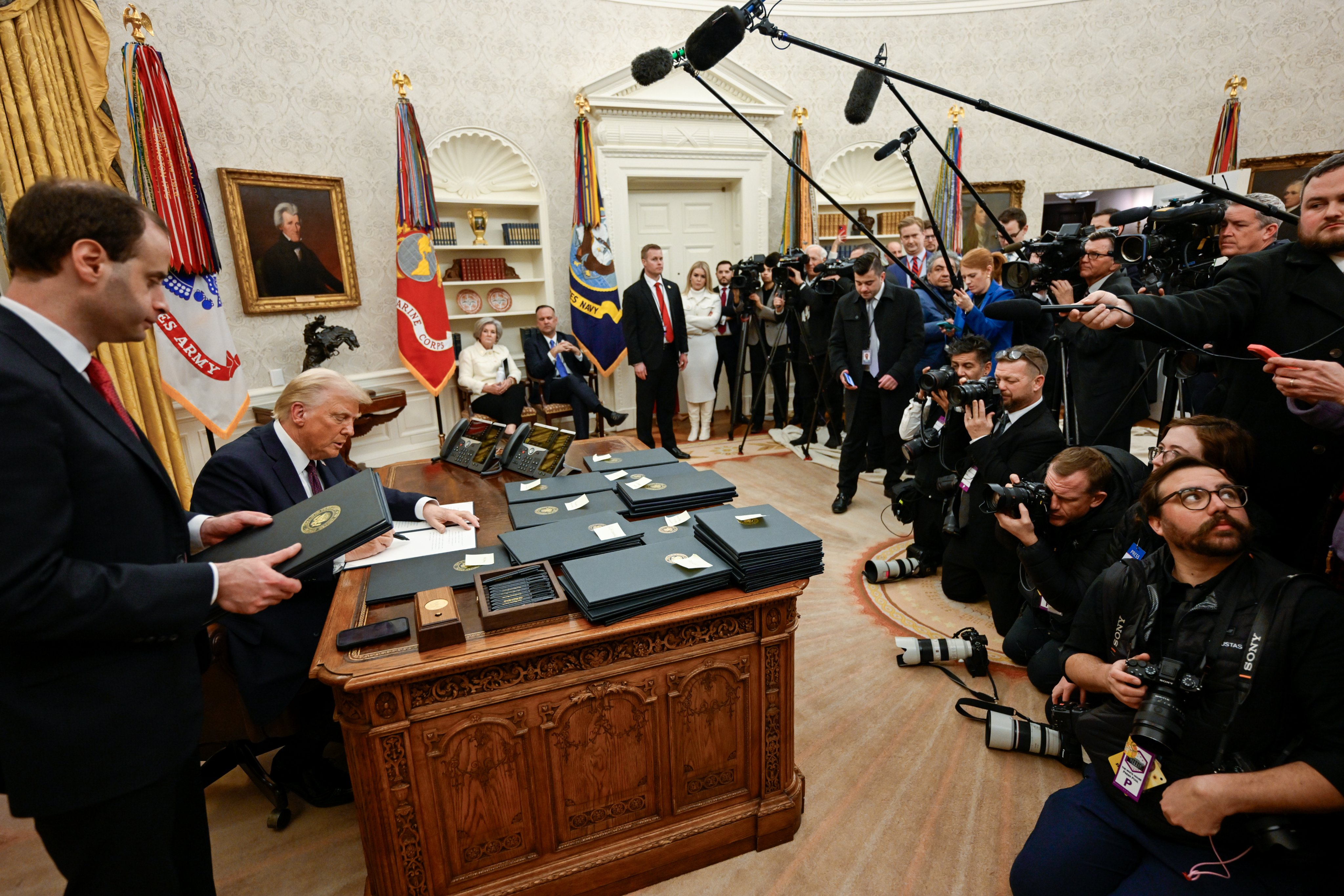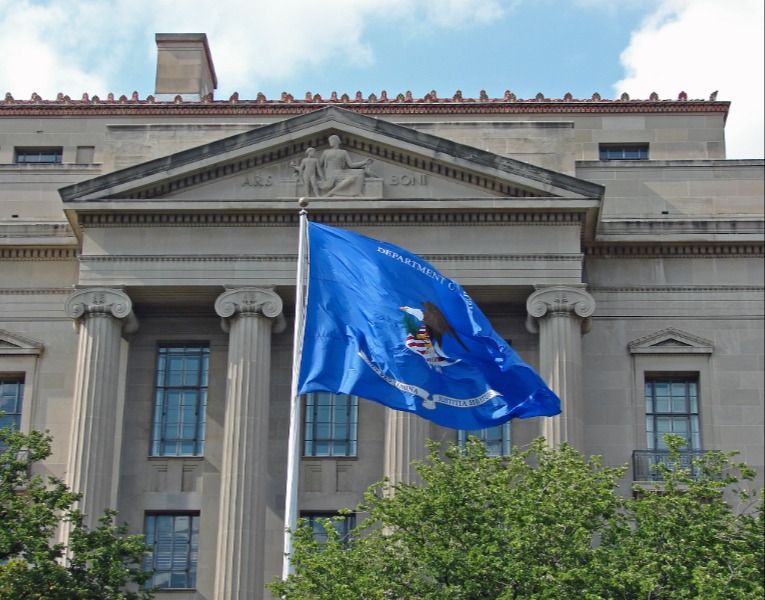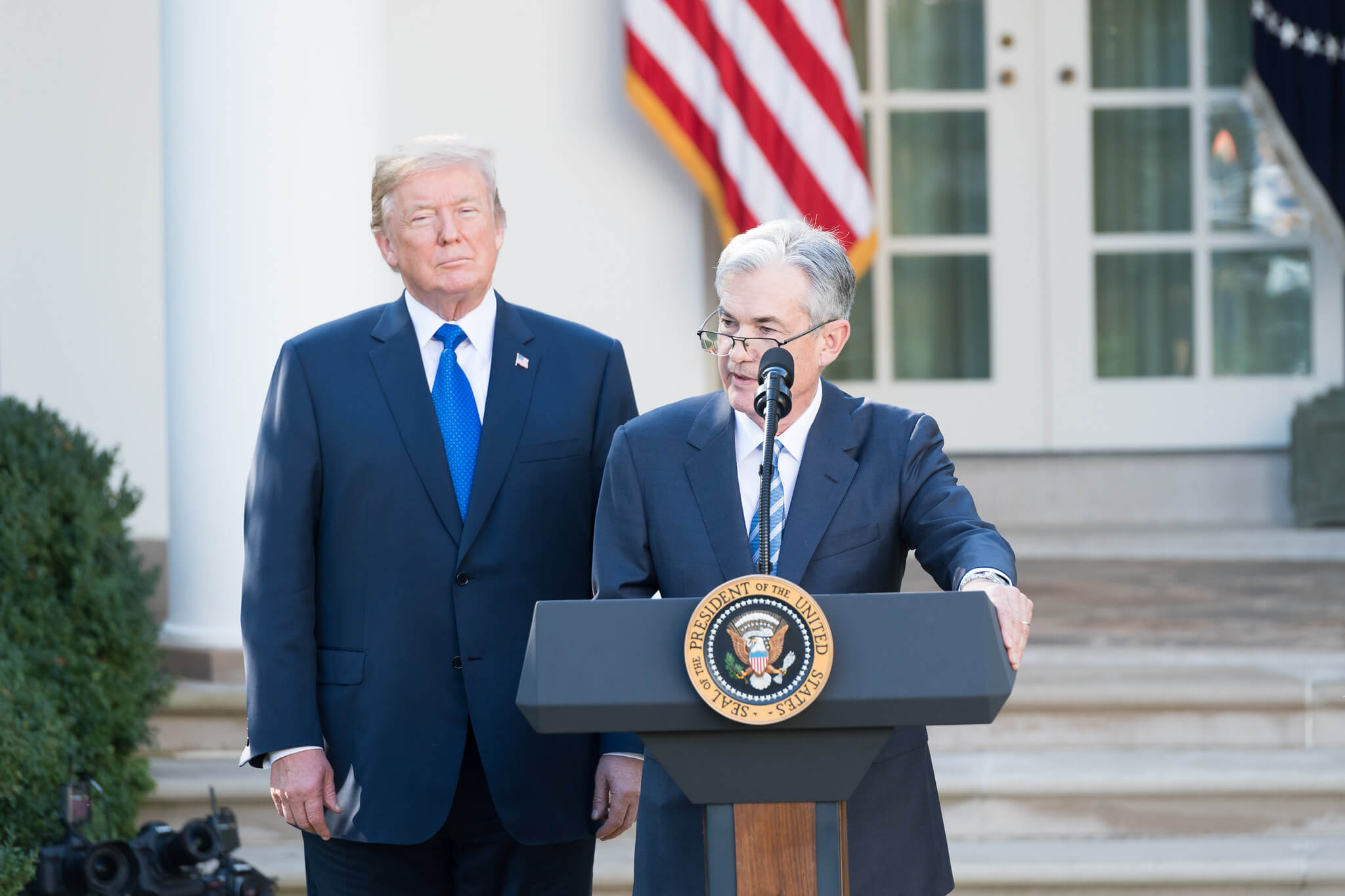The National Emergency Under Executive Order 13224 Moves into Year 16
It may not feel like it, but the United States is well into the sixteenth year of two national emergencies. President Bush declared the first emergency on September 14, 2001, in the immediate aftermath of the 9/11 terrorist attacks. This proclamation triggered statutory provisions that gave the President broad authority to increase the size and scope of the military, apportion certain defense funds as he saw fit, and recall retired military forces to active duty.
Published by The Lawfare Institute
in Cooperation With

It may not feel like it, but the United States is well into the sixteenth year of two national emergencies. President Bush declared the first emergency on September 14, 2001, in the immediate aftermath of the 9/11 terrorist attacks. This proclamation triggered statutory provisions that gave the President broad authority to increase the size and scope of the military, apportion certain defense funds as he saw fit, and recall retired military forces to active duty. And the second emergency, declared less than two weeks later in Executive Order 13224, cleared the way for the President to put in place an extensive program to attack terrorist financing.
Although the initial orders did not include expiration dates, § 202(d) of the National Emergencies Act requires the termination of a declared emergency after a year unless the executive continues it. For 15 years, Presidents Bush and Obama have renewed the emergencies without fail. This year, President Obama’s renewals came on August 30 and September 15.
President Obama’s continuation of the national emergency declared in E.O. 13224, in particular, is unsurprising. The terrorist financing sanctions program it launched may have started out as a response to the 9/11 attacks. But, just as the scope of the 2001 AUMF has grown to include organizations only tenuously related to al-Qaida or the Taliban, the program under E.O. 13224 has expanded far beyond its original purposes to become one of Treasury’s cornerstone sanctions programs for global terrorism more broadly. With E.O. 13224 now marching toward its seventeenth year, a quick review of its legal background and a discussion of the order’s expansion since 2001 are in order.
Legal Background
E.O. 13224 was issued under the International Emergency Economic Powers Act (IEEPA), which authorizes the President to declare a national emergency and provides him with sweeping economic and financial powers to respond to a crisis. Despite being enacted in 1977 to “limit the President’s emergency power in peacetime,” the IEEPA has been invoked by presidents in each successive administration to help them grapple with major international events, including the Iran hostage crisis, the Iraqi invasion of Kuwait, and the 2011 Libyan conflict. (Many of these emergencies, and their concomitant powers, are still in effect, which is why some scholars have concluded that IEEPA has actually enhanced the President’s emergency powers, and executive power more generally.)
So President Bush was following a well-trodden path when he declared an emergency in E.O. 13224. Pointing to the “grave acts of terrorism and threats of terrorism committed by foreign terrorists, including the terrorist attacks in New York, Pennsylvania, and the Pentagon committed on September 11, 2001” and citing the “continuing and immediate threat of further attacks,” he used his newfound emergency authority to implement a terrorism sanctions program. The program was designed to prevent future attacks by cutting off the funding to terrorist organizations, and it enabled the Departments of State and Treasury to label actual or suspected terrorists as “specially designated global terrorists” (SDGT). Once an SDGT was so labeled, the Departments were authorized to block any of its U.S. assets, prohibit any U.S. person from transacting with it, and to coordinate with other countries to continue to isolate it and cut off its funding.
In a significant shift from previous blocking orders, which were relatively narrow and targeted specific regions or groups, E.O. 13224 didn’t contain any limiting language restricting it to the entities who committed the 9/11 attacks. It was a global order that applied generally to “foreign terrorists,” as well as those who “support or otherwise associate with” foreign terrorists. Whatever President Bush had in mind when he initially issued the order, this broad language primed it for use against non-9/11 entities in the years to come.
Just over a year later, in 2003, President Bush issued E.O. 13284, which integrated the newly created Secretary of Homeland Security into the designation process. Given the prominent role of Homeland Security in fighting domestic terrorism, this order was perhaps an early sign that the sanctions program was to be a permanent fixture in the administration’s overall counterterrorism strategy.
SDGTs: Expansion and Increased Rate of Designation
President Bush’s original order contained an Annex that immediately designated 27 entities as SDGTs. About 10 months later, the President issued E.O. 13268, adding the Taliban and its leader to the Annex.
Since then, the list has ballooned to cover more than 950 entities—individuals and organizations (and aircraft!)—from all over the globe. Although the list was never limited to al-Qaida and the Taliban (the original Annex included other groups like al-Jihad, the Libyan Islamic Fighting Group, and the Islamic Army of Aden), it now includes nearly all of the world’s most dangerous terrorist groups. Many of these organizations had nothing to do with the 9/11 attacks. E.O. 13224 has even been used, in limited circumstances, to target entities associated with state sponsors of terrorism like Iran. In sum, the national emergency first declared in September 2001 in response to the 9/11 attacks has been transformed into a general basis for sanctions against all manner of terrorist entities. E.O. 13224 now supports an omnibus presidential anti-terrorism sanctions regime.
To provide a flavor of the range of terrorist entities sanctioned under E.O. 13224, here’s a (very truncated) list of some of the entities covered (see Appendix for several Treasury and State Department resources relating to E.O. 13224, including a full list of SDGTs and the total amount of blocked funds, by terrorist organization):
- Al-Qaida
- Al-Shabaab
- Boko Haram
- FARC
- Hamas
- Hizballah
- ISIL
- Joseph Kony
- Lashkar-e Tayyiba
- Taliban
- Tehrik-e Taliban Pakistan
The list of SDGTs hasn’t just grown; the rate at which SDGTs are being designated appears to have also increased. E.O. 13224 may have its roots in the Bush administration, but in recent years, the Obama administration has kicked the order’s sanctions program into high gear. A Westlaw search reveals 770 “Administrative Decisions & Guidance” items citing E.O. 13224 since President Obama came into office, and only half as many—378—during the Bush presidency.
Apparent Congressional Approval
It might seem odd that such a central part of Treasury’s counterterrorism program is dependent on a national emergency declared thirteen days after 9/11. Why has E.O. 13224 become so important? Part of the reason is that Congress hasn’t enacted a general anti-terrorism sanctions statute (though it has passed some more targeted statutes). Without permanent statutory authority to fight terrorism financing, Treasury must rely on executive orders like 13224.
Just as Congress sees no apparent need to enact an AUMF for ISIL (because the president claims he has sufficient authority under the 2001 AUMF), Congress similarly appears to see no need to provide separate statutory authority for Treasury’s sprawling IEEPA-grounded terrorism sanctions regime. Indeed, many members of Congress seem quite enthusiastic about the enduring and expansive use of E.O. 13224. For example, in a 2004 Senate hearing on terrorism financing, Chairman Susan Collins worried that Treasury (which, at that point, had already designated dozens of entities) might not be doing enough under E.O. 13224. And when the order comes up in congressional hearings, it seems to enjoy strong support, even when used to target entities as far afield from the 9/11 attacks as Hezbollah or Boko Haram. There’s been a steady drumbeat of calls for Treasury to sanction Iran under the order.
More recently, in 2014, Chairman Jeb Hensarling of the House’s Committee on Financial Services expressed concern that only four ISIL-related entities had been designated. In a revealing exchange, he asked David Cohen, Treasury’s Under Secretary for Terrorism and Financial Intelligence, “Is there any other legal authority that the Administration is positing that it needs on a go-forward basis to deal with ISIL terrorist financing?” Cohen replied, “I think we have the legal authorities that we need, mostly the Executive Order 13224.”
That exchange pretty much tells the whole story. With both the executive and legislative branches satisfied with E.O. 13224, it doesn’t seem likely that Congress will be weighing in with new authorities, much less restrictions, anytime soon. The order’s usefulness and centrality to Treasury’s terrorism sanctions militate against the next president allowing the national emergency it declared to expire. After all, with the rise of ISIL and continued threat from groups like al-Qaida, the need to combat terrorism financing is as urgent as ever.
Appendix
Treasury’s Office of Foreign Assets Control, charged with enforcing the E.O., maintains several valuable resources:
- A searchable list of Specially Designated Nationals, of which SDGTs are a subset.
- A report (updated through April 5, 2016) of all the entities designated under E.O. 13224.
- A yearly report detailing the total amount of blocked funds in the United States (see the 2015 report here). An interesting note here: ISIL was added to the report for the first time in 2015, and so far, only $131,000 of the more than $2.3 billion total blocked funds relate to ISIL.
- A yearly National Terrorist Financing Risk Assessment report (see 2015 report here).
- A general overview of OFAC’s counterterrorism sanctions programs.
The State Department also maintains some useful webpages related to E.O. 13224:





